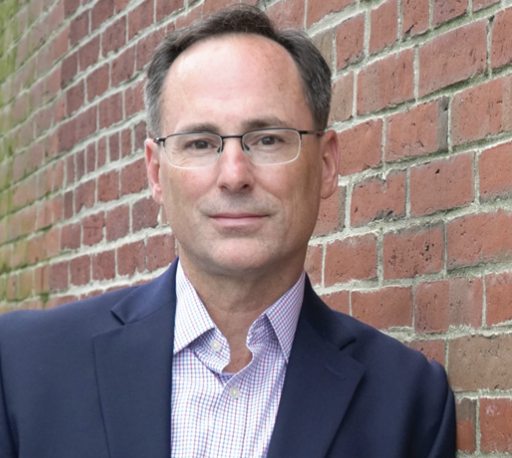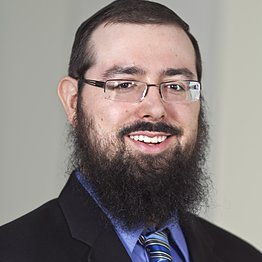This article originally appeared at JBartlett.org.
Nearly 1 million American students participated in a school-choice program last year, according to data compiled by EdChoice. Across the country, 72 choice programs operate in 32 states. And who has the most popular program in the nation? New Hampshire.
With an Education Freedom Account (EFA), parents can customize their child’s education. Families can use EFA funds for private school tuition, tutoring, textbooks, special-needs therapies and more.
According to EdChoice, New Hampshire’s EFA policy is the most popular education choice policy in the nation. It has had the most growth per capita nationwide over the past academic year—a whopping 58 percent. The number of ESA students has grown from 3,025 in 2022–23 to 4,770 scholarships awarded in 2023–24.
Those numbers show that a lot of New Hampshire families want an education that better fits their children’s individual needs. No New Hampshire student who needs a better educational fit should be denied access to this popular and effective program, especially because of politics.
Unfortunately, politics is keeping most students out of the program right now.
Expanding Education Freedom and Choice to All
Though EFAs were intended to be accessible to all students, legislators agreed initially to enroll only children from lower-income families. That was necessary to address concerns that the program would struggle to succeed in its early years or, conversely, would prove too popular to manage effectively.
Now that New Hampshire’s EFAs are an undeniable success, it’s time to take off the training wheels.
Currently, fewer than half of students in the state are eligible for an EFA, which is limited only to students from families that earn no more than 350 percent of the federal poverty level. That comes to $109,200 for a family of four—less than the average annual household income of a firefighter married to a registered nurse in New Hampshire. Three House bills this year would expand access to the program. One, House Bill 1634, would remove that income cap so that any student eligible to enroll in a K-12 public school in the state could qualify for an EFA.
That income cap suppresses participation. Though New Hampshire’s EFA program ranks first in the country in administration and popularity, it ranks just 42nd in eligibility nationwide.
Other states have been expanding educational opportunities. Over the last three years, Arizona, Arkansas, Florida, Iowa, North Carolina, Ohio, Oklahoma, Utah, and West Virginia all either enacted new universal education choice policies or expanded existing choice policies to all K-12 students.
Some people fear that universal education choice will cause a mass exodus from public schools. But that’s not what’s happened in other states. Though roughly 20 million students nationwide are eligible to participate in a school-choice program, fewer than 1 million students do.
The two largest school-choice programs in the country are Florida’s and Arizona’s. In both states, 100 percent of students are eligible for school choice. But only 10 percent of Florida students and 9 percent of Arizona students participate.
Here in New Hampshire, where 48 percent of students are eligible for EFAs, only 3 percent of students participate.
Education Freedom Accounts Save Taxpayers Money
Critics claim that making EFAs available to every student is unaffordable. That’s not true. U.S. Census estimates from 2022 (the most recent available) put the state’s school-age population at 189,600. How many of those students can be expected to use an EFA if all students become eligible?
Florida has the highest school choice take-up rate in the country, at 10 percent. Every other state with an education savings account or scholarship program has a lower take-up rate. New Hampshire’s rate of EFA use is about 3 percent. If we use New Hampshire’s current rate as the baseline and Florida’s as the high end, we could see a range of somewhere between 5,688 and 18,960 students enrolling in the program, though the higher number would take years to achieve and certainly would not happen overnight.
Currently, about 28 percent of EFA users were previous public-school students. As they received their per-pupil allotment from the Education Trust Fund before taking an EFA, they are not a new cost. Assuming the same switch rate if EFAs are expanded, a reasonable cost estimate would run somewhere between $21.5 million (at a 3 percent take-up rate) and $71.7 million (at a 10 percent take-up rate).
That might sound like a lot, but New Hampshire taxpayers spend $3.4 billion a year on K-12 public schools, and the state’s current Education Trust Fund ended the 2023 fiscal year with a surplus of $161 million. State budget officials project the Education Trust Fund to end the current fiscal year with a surplus of $232 million. Even at the high-end estimate, New Hampshire can easily afford universal EFA expansion.
And those figures don’t include local taxpayer savings. New Hampshire spends an average of $20,322 per pupil, with more than 60 percent of that coming from local taxation. That local portion will not be spent to educate students who use an EFA to purchase an education elsewhere.
Based on take-up rates between 3-10 percent, taxpayers can roughly estimate local government savings of between $86 million-$286 million were all students to become eligible for EFAs. Subtract the state costs of $21.5 million-$71.7 million and taxpayers would be looking at a net annual savings of somewhere between $64.5 million and $214 million.
Those are back-of-the-envelope calculations, but they give a general idea of the size of taxpayer savings possible if New Hampshire educates students for $5,255 per pupil instead of $20,322 per pupil. Far from a net loss for New Hampshire, Education Freedom Accounts are clearly a net gain.
School Choice Improves Public School Performance
Critics also falsely claim that school choice harms students who remain in traditional public schools. In fact, of 29 studies on the academic outcomes of public school students whose schools were faced with competition from policies, 26 found a net positive outcome for those students, one found no visible effect, and only two found a negative effect.
Moreover, the families of lower-performing students tend to be more attracted to school choice programs than those of higher-performing students. Florida State University research on Florida’s tax-credit scholarship program found that students who chose to enter the scholarship program had lower test scores in the year before they took a scholarship than did their classmates who opted not to participate. But after just a few years of using the scholarship, those students were out-performing their demographic peers.
Claims that school choice programs “cream” the best students and leave low-performing students behind in under-funded schools are false. Indeed, the reality is the very opposite: school choice benefits disadvantaged students most.
Fulfilling the Promise of Public Education
When they aren’t fear mongering about empty public schools, EFA opponents demagogue the issue by shouting that EFA expansion would have taxpayers foot the bill for educating the children of “millionaires and billionaires.”
But, of course, that’s exactly what public schools do. Every child, regardless of income, is eligible to attend his or her district public school. No one argues that the public education provided by district schools should be means tested.
Neither traditional public district schools nor public charter schools have income caps. Education Freedom Accounts shouldn’t either.
The promise of public education is that every child should have access to an education that meets his or her individual learning needs. Education Freedom Accounts help fulfill that promise by empowering families with the freedom and flexibility to choose the learning environments that work best for their children.
Expanding this opportunity to every child would improve outcomes for students, including those who prefer traditional public schools, while saving taxpayers money. For families, students and taxpayers, it’s the best option.






